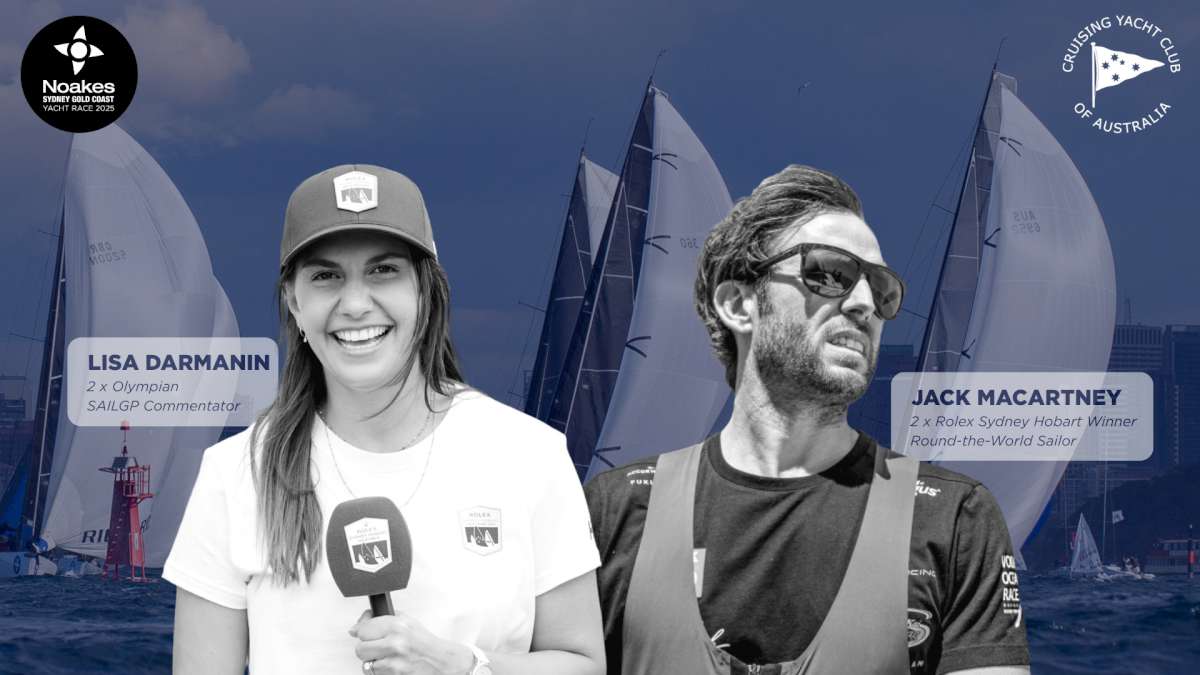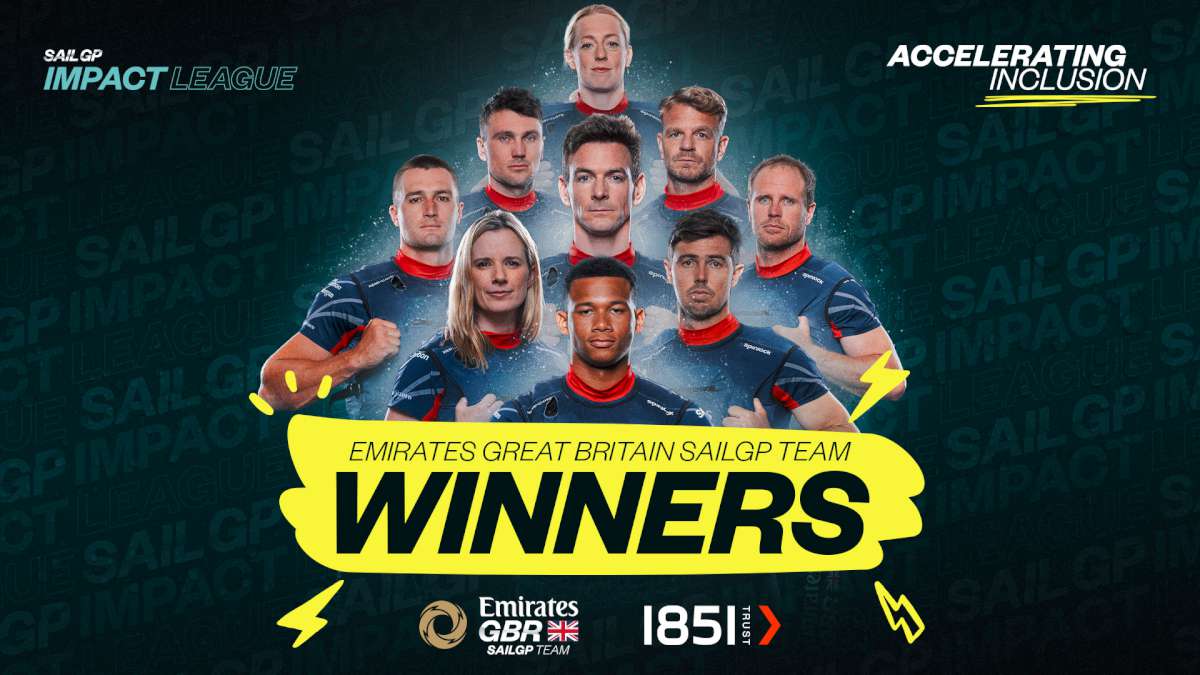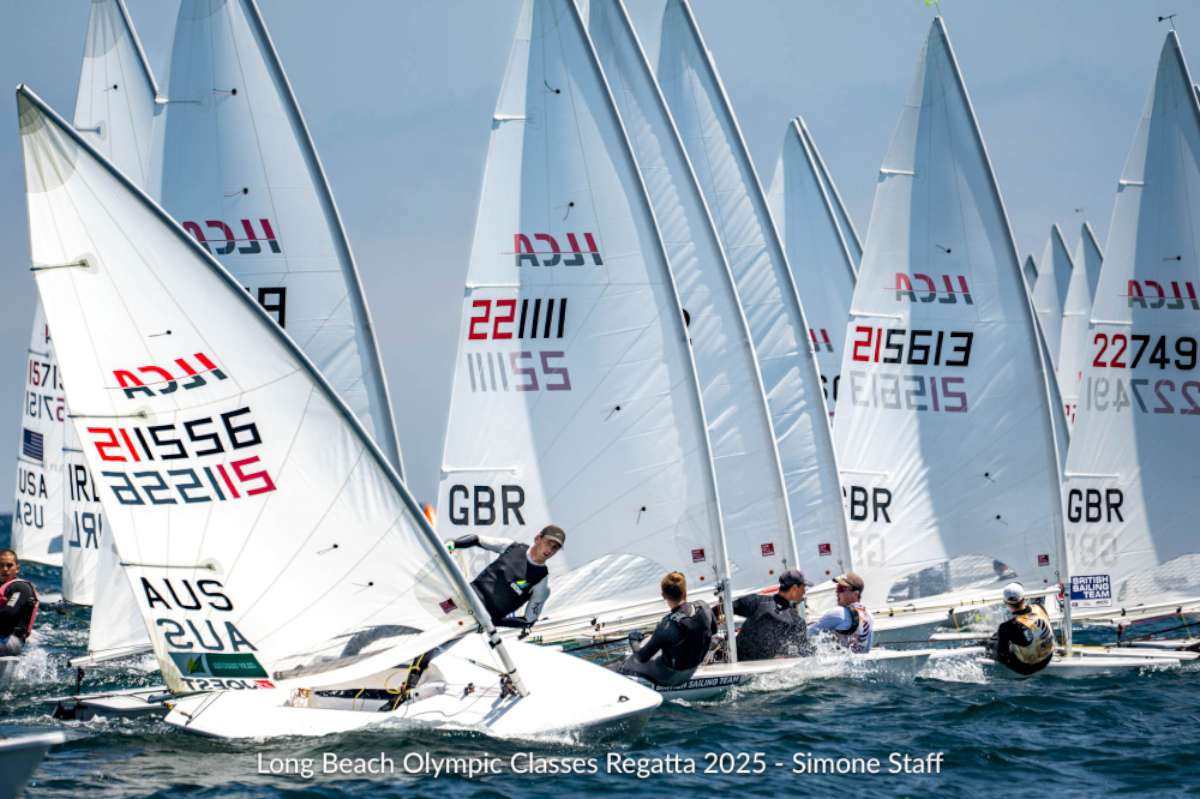It all starts on the street and ends up in the ocean.
Australian professional big-boat sailor Andy Turton and boat-builder Peter Ceglinski have a solution to this world-wide problem that impacts on every marine community. They have developed the Seabin which is designed to capture street rubbish that constantly gathers around boats, pontoons and marinas and then, if not quickly collected, makes its way out of harbours and rivers and into the ocean.
University of Georgia associate professor of environmental engineering team Jenna Jambeck and her research team released earlier this year a damning report on the state of the world’s mismanagement of coastal waste declaring that in just one year, 2010, some eight million metric tons of plastic was dumped in the oceans. “8 million metric tons of plastic is equal to 5 bags (…) filled with plastic going into the ocean along every foot of coastline in the world,” Jambeck reported.
“We know the solutions: we must cut back on plastic waste generation and increase the amount we capture and manage properly,” she added.
Turton has seen first-hand what Jambeck is talking about. He has transversed the Atlantic and Pacific oceans numerous times, raced the Caribbean, passed through the Panama Canal, and lived his adult life beside the ocean, in among boats, marinas, pontoons and ports.
He says when he is out on the streets and sees someone throwing a bit of plastic or a cigarette butt onto the street, he knows it’s going to end up in the ocean. It’s that experience and his recurring impression that people just don’t care, that they think their rubbish is someone else’s problem. That is what has pushed this international sailor into becoming an inventor.
Turton’s answer to what he saw happening within the marine community is the Seabin.
The Seabin project has three principles. Prevention, Education and Clean-up. The Prevention principle is to pick up any debris that comes in off the streets before it gets out into the ocean. “We want to collect it from where it enters the waterways,” Turton said.
Education is about encouraging people through education to act more responsibly with how they use and dispose of plastics.
The Clean-up principle is about dealing with the marine rubbish that already exists in the ocean. “It’s the concept of cleaning the oceans one marina at a time.
“The Seabin is located in pollution heavy hot spots in the marinas. The wind and currents of the ocean bring into the harbours and marinas the rubbish and straight to the ideally positioned Seabin. Some of this rubbish has been floating around for years in our ocean and we wouldn’t be surprised if we found a drink can from say, for example, Taiwan here in Spain.
“Starting at the source, the rubbish from land entering the oceans and also collecting the existing ocean rubbish is really an amazing thing to comprehend,” Ceglinski said.
Turton and Ceglinski both believe the Seabin can make a positive difference to how marine communities contribute to effective waste management of their home water-ways.
The prototype has been developed and they are busy seeking $230,000 crowdfunding through Kickstarter to get it into production. The funding will help them find distribution channels and manufacturers in several countries. “It’s really about putting the money into the right channels to make it go global,” Turton said.
The team has received high-profile support with Laird Hamilton commenting; “Looks like an innovative idea” and sharing it on his Facebook page. “A huge company in Sweden then contacted me because the CEO used to surf with Laird and saw it on the Laird’s Facebook page. So we are getting a few small wins,” Ceglinski said.
But there is a long way to go to reach their funding before the target cut-off date for of December 15.
“We have over 40,000 views of our Kickstarter video and around AUD 10,000 pledged. This means 1 in 400 people are pledging towards our project to help clean up our oceans. It’s a tough ratio, but we are positive that we can make this happen with the worlds support.
“Every day we are receiving investment offers from around the globe, but we are politely declining them. We have come this far by our own means and we want to give it a proper go. We have faith in our fellow ocean lovers to make this dream a reality.
“If we fall short on the campaign then we will look into these investment offers.
“Really, it makes us feel good that people have enough faith in this project to make these offers,” Ceglinski said.
The idea of the Seabin originated with Turton well over 10 years ago, but in 2005 he finally decided to get his idea working. “It was in Los Angeles while I was preparing for the Transpac Race and just seeing the harbour there with the amount of oil and scum and rubbish that was sitting there waiting to be taken; that’s when I realised that okay, we definitely need to put together this rubbish bin that I had been thinking about for quite a few years prior to then. We really only got it to work in 2011.”
It was just after that Turton met fellow Australian Ceglinski through America’s Cup and Volvo Ocean Race builds, bringing him on board to develop the project further.
The Seabin sits at the water’s surface and is plumbed into a shore-based water pump on the dock. The water gets sucked into the bin bringing with it the floating rubbish and liquids. It catches the rubbish and the water then flows out through the bottom and up into the pump on the dock.
The water flows through the pump, where there is the option of installing an oil/water separator, and clean water then flows back into the ocean. This process is constant, operating 24 hours a day.
Inside the Seabin is a natural fibre catch bag which collects all the rubbish. When this is full, or near to full, the marina worker simply changes the catch bag with another one. The collected rubbish is disposed of responsibly, the catch bag cleaned and made ready to swap again for the full one in the still operating Seabin.
The size of the Seabin and the catch bag has been designed for one person to safely change the catch bag.
If the Seabin is full, it still works. The flow of the water simply pulls all the surrounding floating rubbish against the Seabin and keeps it there. The marina worker would simply scoop up the surrounding rubbish and then change the catch bag as normal.
While the project funding is being sought and a couple of the prototype units are being used at marinas near where they live in Spain, Turton and Ceglinski have continued to work on fine-tuning the project. They have on the drawing board a free-floating unit and are testing a solar pump. “I would be nice for the one we release on the market next year to be the most energy saving as possible,” Turton said.
Turton says that once the Seabins are in production he and Ceglinski will look at business models that allow them to lease the bins to a yacht club, marina or port. “That way we can make sure we can service the bins and really try to nurture it; to make sure it keeps going.
“I don’t want to sell these things and have them end up in the corner of a workshop not being used. It keeps us in touch with the person that has it.
“The last thing I want to see is these things being sold and not used,” Turon said.
Turton and Ceglinski are planning to have the Seabin units in production and available for installation by mid-2016
























